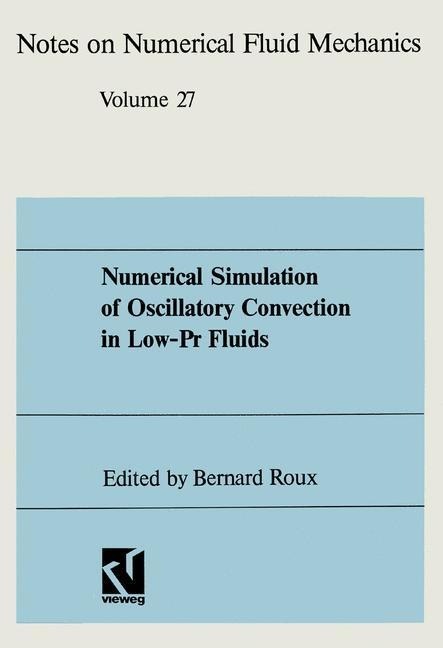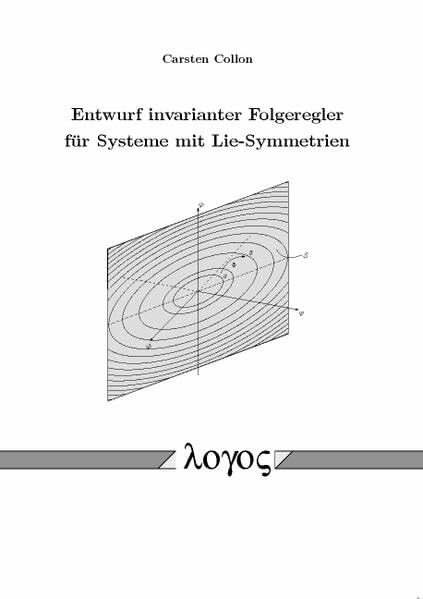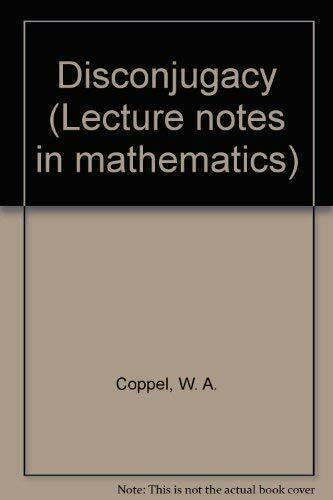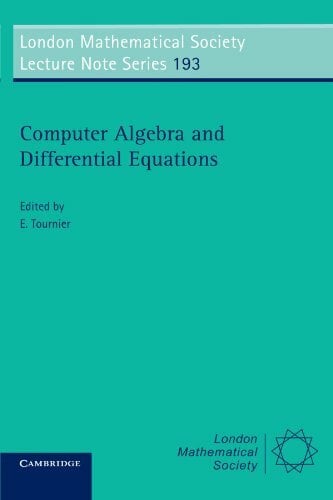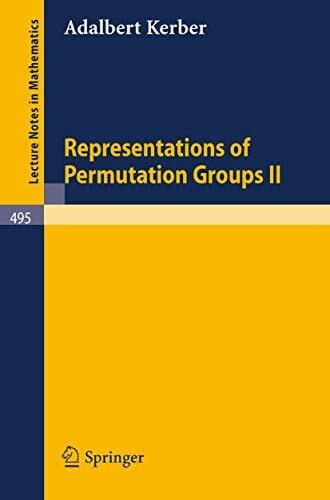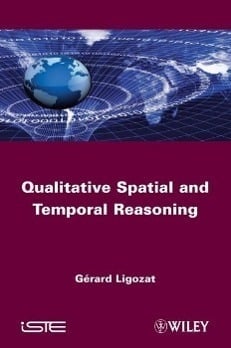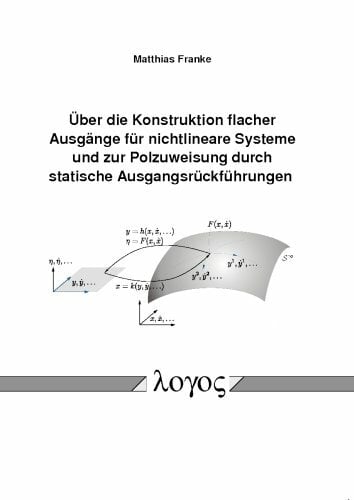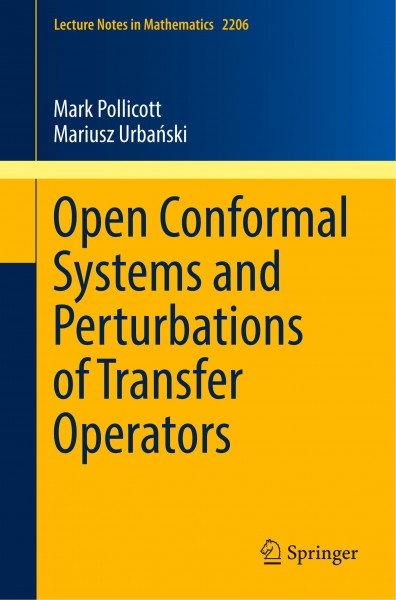
Open Conformal Systems and Perturbations of Transfer Operators
Kurzinformation
inkl. MwSt. Versandinformationen
Artikel zZt. nicht lieferbar
Artikel zZt. nicht lieferbar

Beschreibung
The focus of this book is on open conformal dynamical systems corresponding to the escape of a point through an open Euclidean ball. The ultimate goal is to understand the asymptotic behavior of the escape rate as the radius of the ball tends to zero. In the case of hyperbolic conformal systems this has been addressed by various authors. The conformal maps considered in this book are far more general, and the analysis correspondingly more involved. The asymptotic existence of escape rates is proved and they are calculated in the context of (finite or infinite) countable alphabets, uniformly contracting conformal graph-directed Markov systems, and in particular, conformal countable alphabet iterated function systems. These results have direct applications to interval maps, rational functions and meromorphic maps. Towards this goal the authors develop, on a purely symbolic level, a theory of singular perturbations of Perron--Frobenius (transfer) operators associated with countable alphabet subshifts of finite type and Hölder continuous summable potentials. This leads to a fairly full account of the structure of the corresponding open dynamical systems and their associated surviving sets. von Urbanski, Mariusz und Pollicott, Mark
Produktdetails

So garantieren wir Dir zu jeder Zeit Premiumqualität.
Über den Autor

- hardcover
- 261 Seiten
- Erschienen 2020
- Birkhäuser

- hardcover
- 335 Seiten
- Erschienen 2018
- Taylor & Francis Ltd

- hardcover
- 366 Seiten
- Erschienen 2022
- Birkhäuser

- paperback
- 576 Seiten
- Erschienen 2011
- Springer

- hardcover
- 1103 Seiten
- Erschienen 1960
- CRC Press

- Kartoniert
- 204 Seiten
- Erschienen 2007
- Springer






